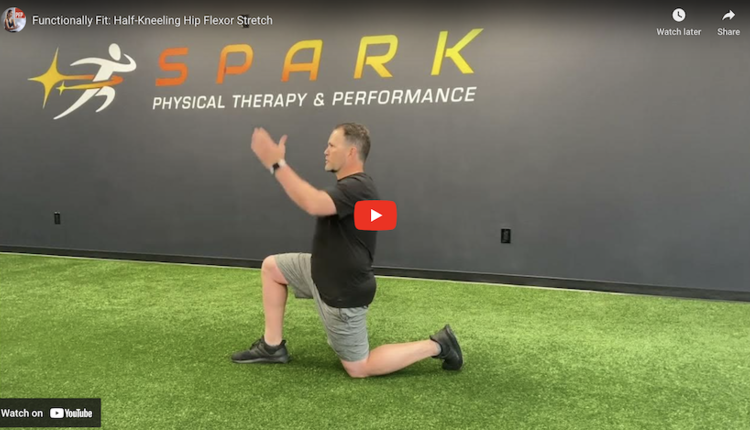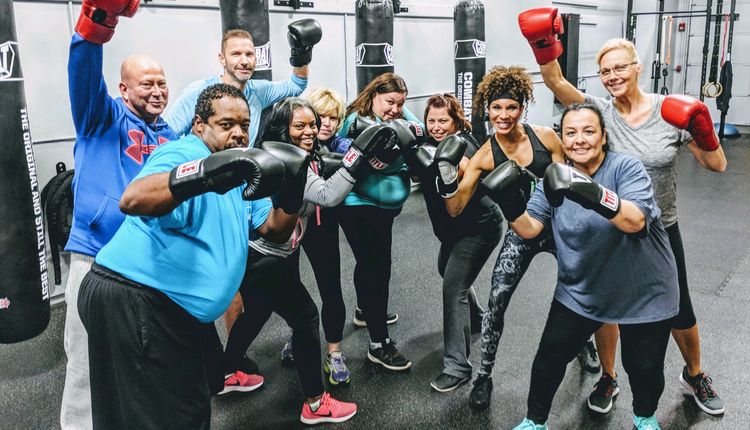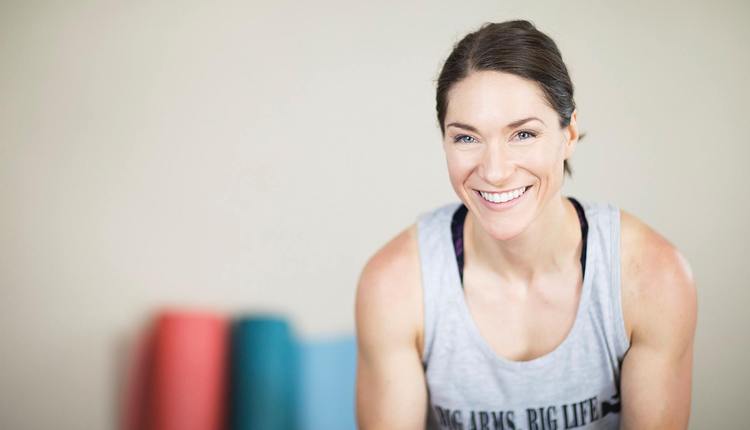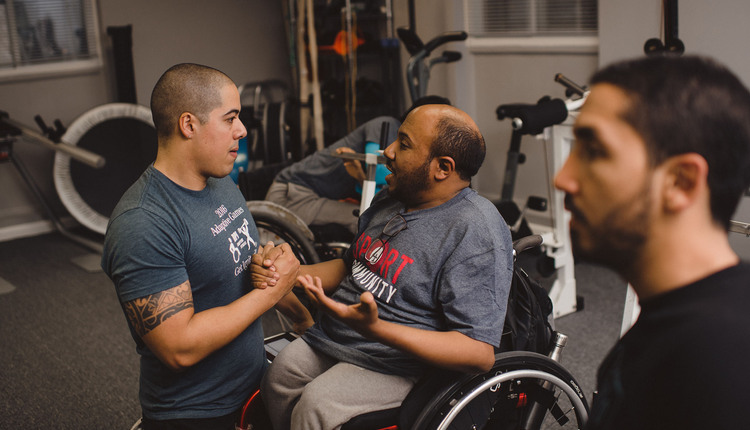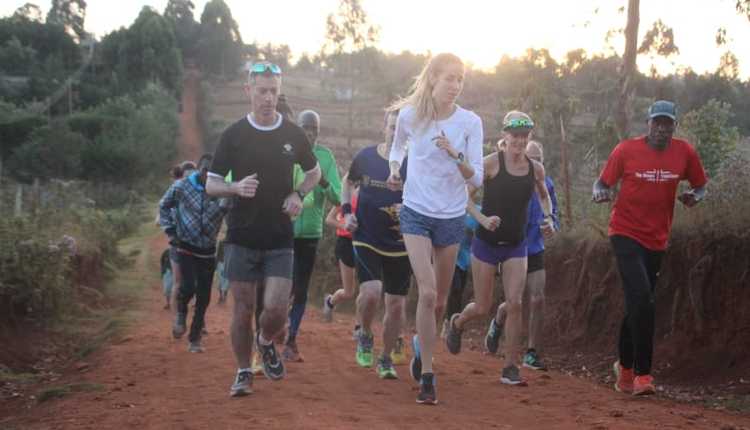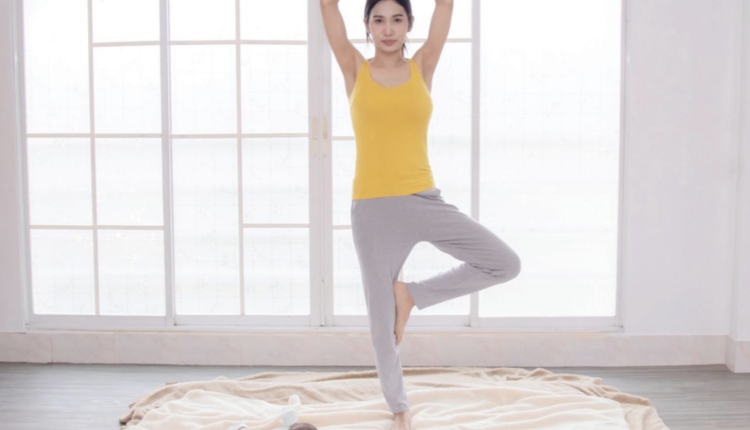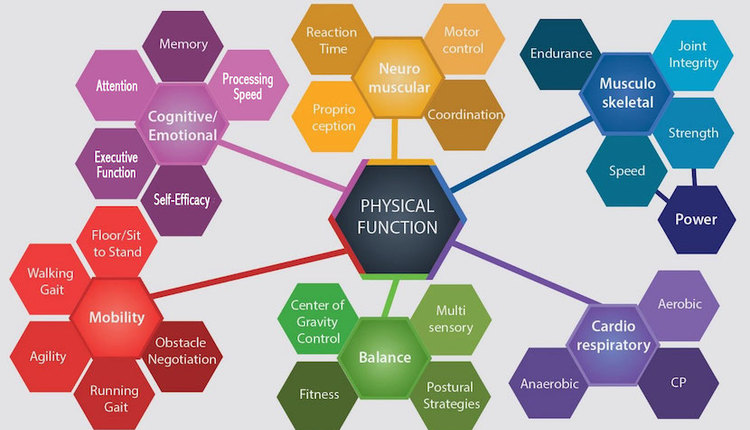
I wanted to know what fitness professionals are doing in their group training to successfully program to create exciting workout programs and to create community and culture in their gyms, studios or with their group exercise classes. I took the conversation to our Facebook group page and sparked some great conversation. Here are just 10 of the standout comments we heard from our PFP community!
Do you have tips or thoughts on group training? Join the conversation HERE!
1. On greeting new clients:
Think about how you would greet someone coming to your house for a party. You are the HOST. You go to them/meet them where they are. Invite them in. Explain what is going to happen and with what equipment. Introduce them to others and then start the fun, checking-in on them throughout.
Farel Hruska, Fit4Mom
2. On getting too creative:
Keep things fun, but without losing focus of the main purpose of the workout. I see too many trainers try to get TOO creative as a means of differentiate themselves from others, but lose sight of the actual goals of the class. A perfectly performed basic exercise under an appropriate load will do much more for the client than the latest circus trick exercise.
Mike Gorski, MG FitLife
Exercise enthusiasts are an easy mark. They're already taking classes, pushing themselves, and loving it. Focus on the newbie if you want to build your program and help people who really need it. Show them modifications. Let them know that it is ok for them to take breaks or skip repetitions. Check-in with them after class to see how they are doing. If you treat the novice with care, supporting and encouraging them, you will create evangelists that will help you bring in even more members.
Mark Nutting, Jiva Fitness, 2016 PFP Trainer of the Year
4. On the “secret” movement screen:
Absolutely meet prior [to group training] for a functional movement screen while having planned progressions and regressions for all movements to accommodate all fitness levels and limitations. We leverage our line of Human Sport to perform a modified movement screen without having the client realizing we are even doing the screen.
Mark Rullo, My Fitness Kitchen
5. On exercise selection:
Choose exercises that have progressions and regressions and generally start with demonstrating level 1 (least challenging), then show level 2, and then level 3 (most challenging). By labelling them 1-3, you're not making those that choose level 1 feel bad because they can't do the other levels.
Mark Nutting
6. On program periodization:
We use a program design as in a periodization-type program with flexibility enough that a game or game finisher can be thrown in intermittently or a theme-style workout can be used intermittently. The main point is they are following a program rather than random workouts and that also incorporates regressions and progressions when necessary.
Georgette Pann, Sure Victory Bootcamp Club
7. On movement patterns and variation:
Particularly if you design programs as periodized blocks, you need to keep the movement patterns minimal but the variations high. That way you can program squatting/hip hinges/pressing/pulling/carrying and vary the progression to appease clients that you have worked with for years. When a rookie starts, the program sets them up for success with a simpler variation of the movement. The rookie will be able to train with the veteran while learning the culture without being overwhelmed.
Jared Markiewicz
8. On pre-screening and regular assessments
Definitely need to do a pre-screen that gives you an initial movement capability of the client. We use FMS but use our modifications of it to be able to fit our group training environment. We are always assessing to make sure the client can progress as soon as possible. We use the basic movement patterns and have 3 levels of progressions (banded/beginner, intermediate, advanced), that we can train 80-year olds in the same training groups as 23-year olds. This allows our program to be all encompassing while still offering the variation needed to fit all groups of adults. We do mobility to start the session, strength the next 20 minutes, then end each session with metabolic conditioning work. We do all this in 45 minutes and still hit all aspects needed to fulfill an adult’s lifestyle and goals.
Trevor Warnke, Game Changing Performance
9. On setting expectations:
Tell clients what to expect. Most people don't know the difference between 70% intensity and 90% intensity. Give them cues on how their body should feel, tempo they should use, and ways of making the exercise harder or easier. Helping clients tap into the "why" behind your methods is essential for running a successful class. You want to breed interdependence in group fitness that allows your client to rely on you more for support and programming and less for achieving the success for them.
Ryan Carsia
10. On focusing on who it’s really about
Always remember that your group fitness class is NEVER about you. Make sure you are available to turn your mic off and walk up to your newest members (without making a scene) and make them feel welcome, answer any questions and remind them that they are doing a great job! For every correction find two things they are doing right and build them up from there!
Amanda Mittleman, Mo-Mentum Fitness




